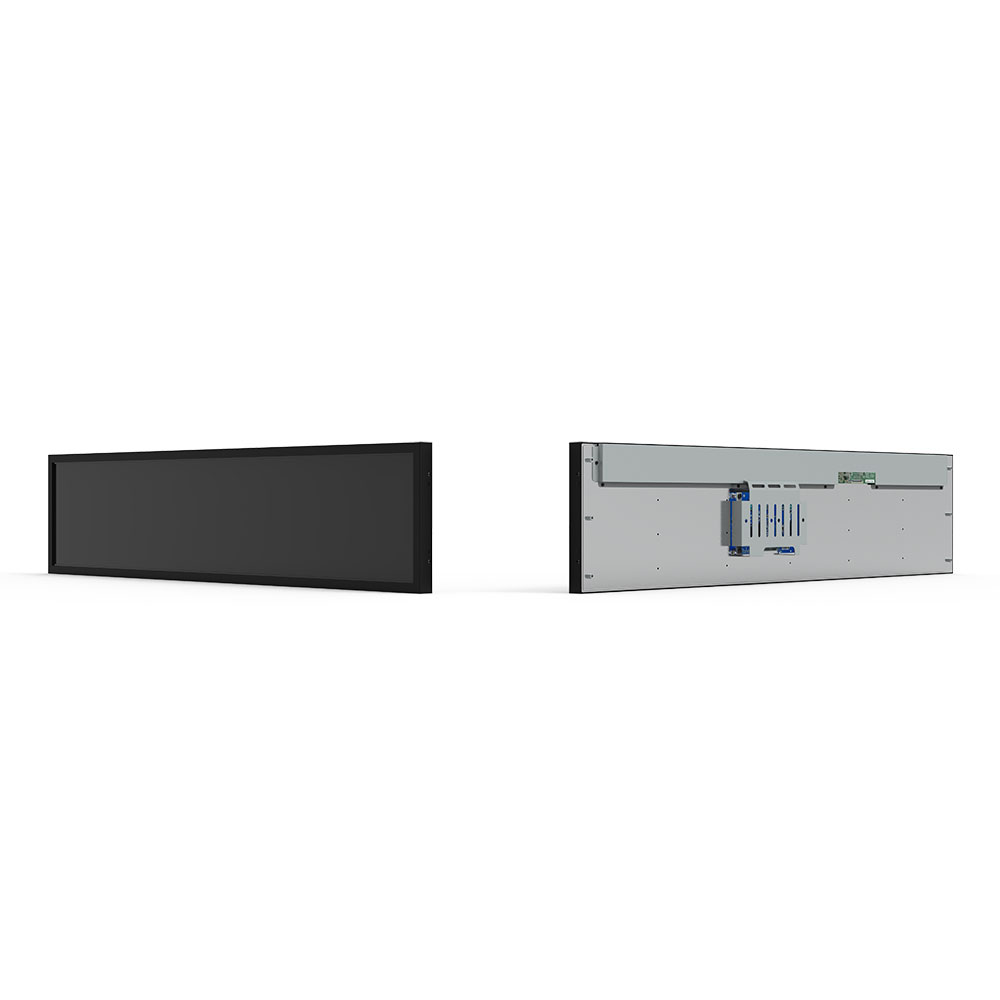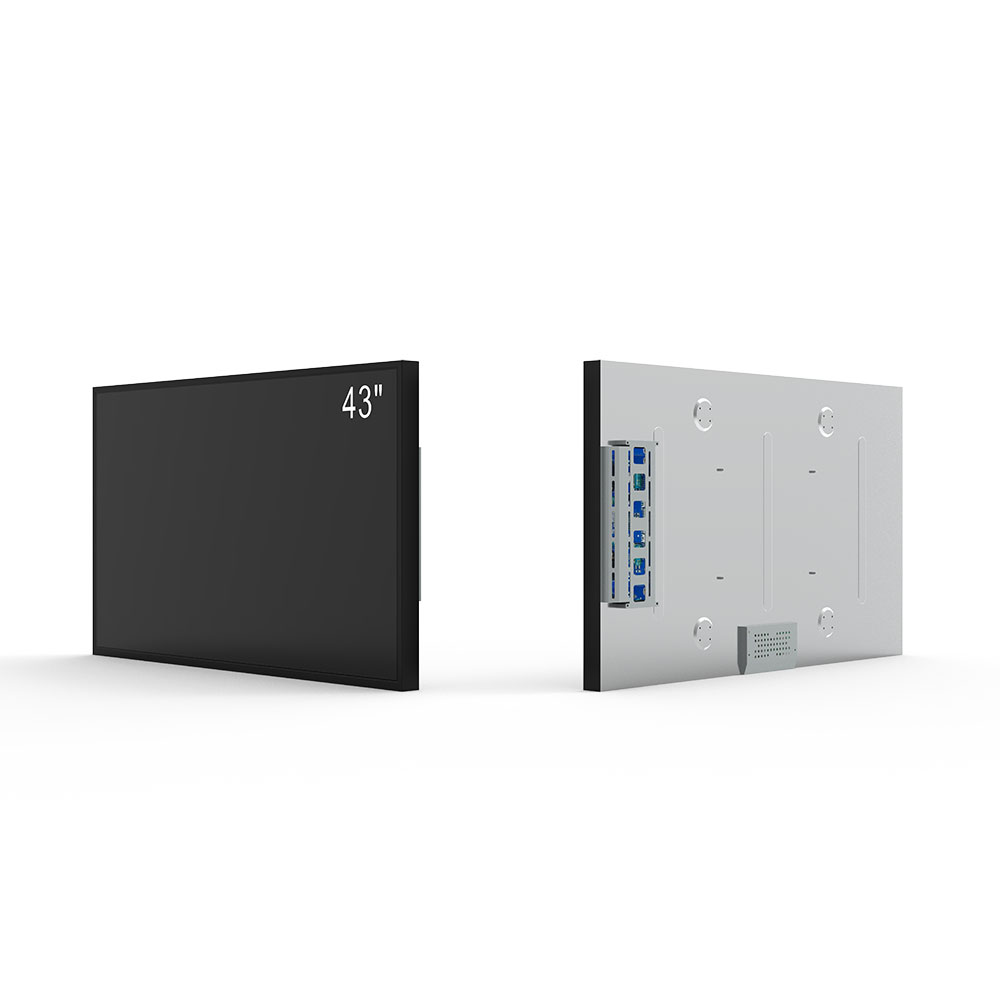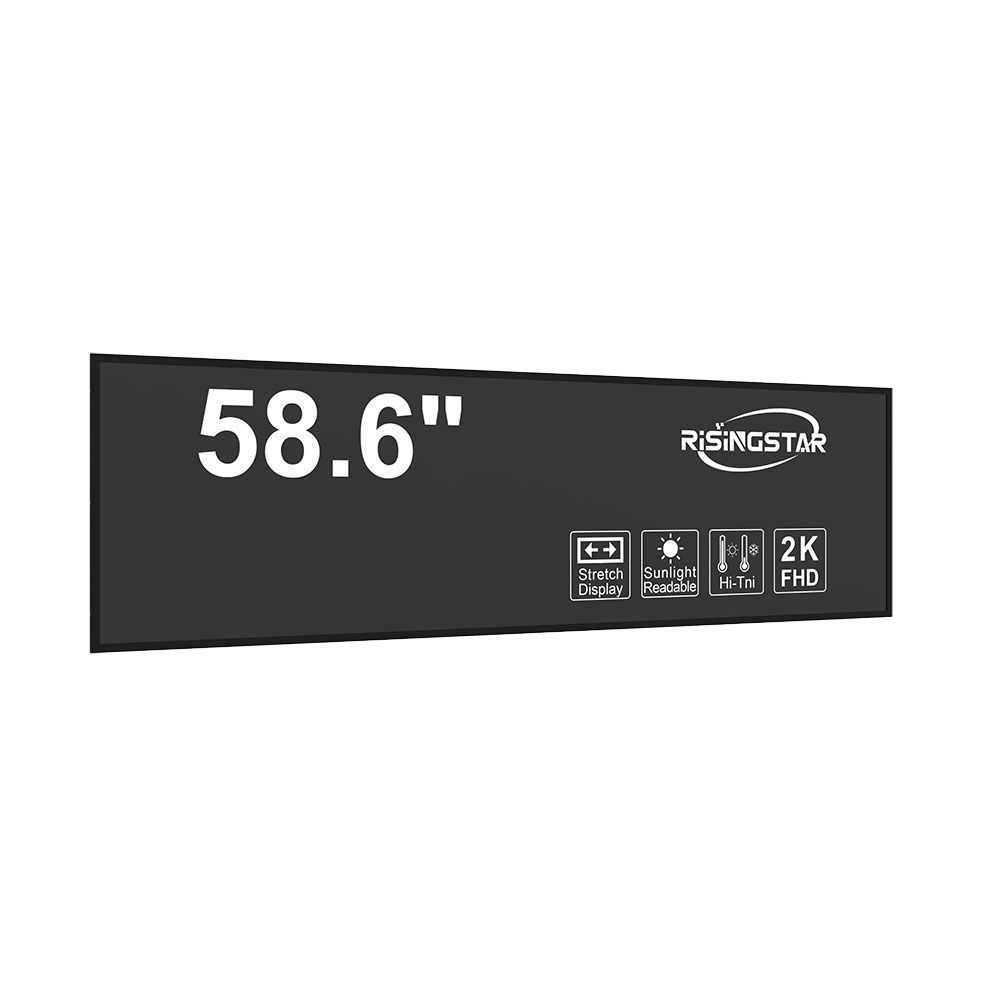- Home
- About Us
- Products
- News
- Video
- Contact
- Send Inquiry
Search
- Home
- About Us
- Products
- News
- Video
- Contact
- Send Inquiry

High-brightness sunlight-readable LCD screens have become essential in modern outdoor display technologies, particularly in environments where visibility under direct sunlight is critical. These displays are engineered to maintain clarity and contrast even under intense solar irradiance—typically exceeding 100,000 lux—a level that would render standard LCDs unusable. As per industry benchmarks from the Society for Information Display (SID), sunlight-readable LCDs must achieve at least 5,000 nits of brightness to ensure readability under full daylight conditions.
These screens are widely used across sectors such as transportation (bus stop information systems, train station displays), military and defense (command-and-control units, vehicle-mounted monitors), industrial automation (control panels in harsh environments), and retail (outdoor kiosks, digital signage). For example, the U.S. Department of Defense has standardized on 7,000-nit displays for tactical handheld devices, emphasizing both durability and performance under extreme conditions.

One of the key advantages of high-brightness sunlight-readable LCDs is their use of advanced backlighting technologies like LED arrays with optical diffusers or dual-layer backlight systems that minimize glare while boosting luminance. Additionally, polarized glass filters and anti-reflective coatings significantly reduce ambient light interference—critical for maintaining image quality. Some manufacturers now integrate adaptive brightness control powered by ambient light sensors, allowing energy-efficient operation without sacrificing legibility.

Despite their robust design, common issues persist. These include thermal management challenges in hot climates (e.g., temperatures exceeding 60°C), which can lead to color shift or pixel degradation if not properly addressed. Moreover, prolonged exposure to UV radiation may cause yellowing of the screen’s protective layers over time—a problem mitigated through the use of UV-stabilized polymers and Gorilla Glass alternatives. Case studies from companies like LG Display and Sharp demonstrate how integrating heat-dissipating aluminum frames and improved sealing (IP65 or higher) enhances longevity in field deployments.
The latest trends reflect a push toward miniaturization and energy efficiency. OLED-based sunlight-readable displays are emerging as a viable alternative due to their self-emissive nature, enabling deeper blacks and wider viewing angles—even under bright sun. However, OLEDs still face challenges in achieving consistent brightness levels across large panels. Another innovation is the integration of AI-driven contrast enhancement algorithms, which dynamically adjust display parameters based on real-time environmental lighting conditions—a feature already adopted by some automotive infotainment systems.

Manufacturers are also focusing on compliance with international standards such as MIL-STD-810G for ruggedness testing and IEC 60068 for environmental stress resistance. These certifications ensure reliability in extreme temperatures, humidity, vibration, and shock conditions—making these displays suitable for both civilian and military applications.
In conclusion, high-brightness sunlight-readable LCDs remain indispensable in outdoor technology ecosystems. Their evolution—from passive light management to active, intelligent optimization—demonstrates how engineering advancements continue to address real-world limitations while meeting growing demand for reliable visual interfaces in diverse global environments.